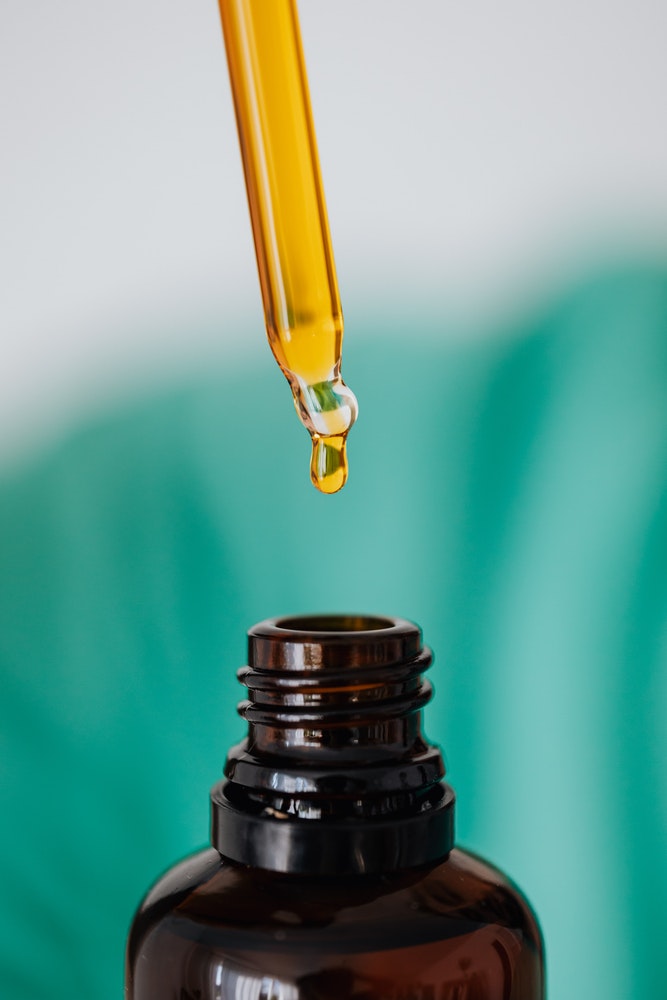
Photo by Karolina Grabowska from Pexels
CBD, or cannabidiol, has been approved by the FDA in one medication, an anti-seizure drug for children. Everything else on the market may be offering great results, but the buyer is the final safety check. To make sure that your CBD is of the highest quality, consider the steps below to protect your health.
Check Your Source
Who is growing the cannabis that is filling your CBD bottle? Putting the word “organic” on the label may make you feel better, but unless you’re absolutely sure that the product can be traced, it may not mean what you expected.
Check the producer’s website for testing certification to guarantee that your CBD has been grown organically. This means that your CBD producer has received USDA certification. Your CBD
- is not genetically modified
- has not been grown in sewage sludge
- has not been treated with pesticides
- was not subjected to ionizing radiation
- has not been sprayed with chemical fertilizers
The USDA certification is critically important; while the FDA has approved CBD in only one case, the USDA certification confirms the purity of all other CBD products.
Look for Third-Party Testing
Third-party testing is the step that a responsible CBD producer takes to confirm that what they say is in your CBD
- oil
- topical
- vaping pen
- capsule
- isolate
- gummies
is really accurate on the label. Third-party testing is paid for by the producer and should confirm that the CBD level is as promised and everything else in the container is as listed.
Develop Your Potency Awareness
Using CBD is a highly personal choice. Everyone reacts differently to this chemical; while we generally all have CBD receptors in our nervous system, the dosage can impact each of us quite differently.
As a general rule, the dosage to start is 1 mg per 10 pounds of body weight. Depending on the condition you’re trying to address, a 200-pound person should be able to tolerate a dosage of 20 mg. If you need help sleeping, start with half of that and track your reaction.
It’s also a good idea to study up on how CBD enters the bloodstream. A dose under the tongue or from a vaping pen is the fastest delivery system. A topical will take a bit more time, and an edible or capsule will take the longest time. Current data indicates that you can’t really build up a tolerance for CBD, so once you determine the best dosage, you shouldn’t have to add more.
Consider the Other Ingredients
Once you know that your CBD oil online store is selling products of the highest purity, check out the other ingredients. If you need a CBD cream for sore joints, make sure the rest of the emollients in your topical are of good quality. There may be stabilizers in the product, but the majority of the additives in the topical should be recognizable.
While reviewing other ingredients, make sure you also review your needs. If you need CBD for pain management throughout the day, consider microdosing with an isolate mixed into a drink, such as fruit juice, that you can savor in the middle of the day. An isolate is pure CBD; if you are concerned about having THC show up in your system, sticking with an isolate producer is probably best.
If your pain is specific to one spot in the body, you may do better with a topical stick, cream, or lotion. For those impacted by anxiety and insomnia, an edible paired with a sublingual dose may be best. Once you find a quality CBD producer with up-to-date third-party testing certificates posted, stick with them to confirm purity and safety.
As noted above, dosing with CBD is a highly personal process. Making sure that your product is of the highest quality is an excellent first step, but making sure that your CBD use is ideal for your needs may take some time. Keep doses small to make sure that you’re not ingesting too much; if you find that you’re extremely sleepy all the time or that you have a headache upon waking, you may be taking too much.
